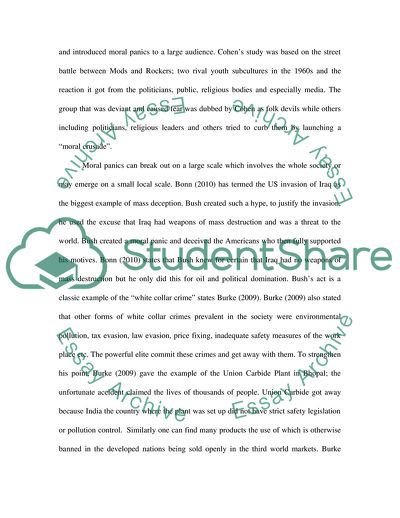Cite this document
(When Does Moral Panics Occur Coursework Example | Topics and Well Written Essays - 2000 words, n.d.)
When Does Moral Panics Occur Coursework Example | Topics and Well Written Essays - 2000 words. Retrieved from https://studentshare.org/social-science/1757616-critical-thinkers-criminology
When Does Moral Panics Occur Coursework Example | Topics and Well Written Essays - 2000 words. Retrieved from https://studentshare.org/social-science/1757616-critical-thinkers-criminology
(When Does Moral Panics Occur Coursework Example | Topics and Well Written Essays - 2000 Words)
When Does Moral Panics Occur Coursework Example | Topics and Well Written Essays - 2000 Words. https://studentshare.org/social-science/1757616-critical-thinkers-criminology.
When Does Moral Panics Occur Coursework Example | Topics and Well Written Essays - 2000 Words. https://studentshare.org/social-science/1757616-critical-thinkers-criminology.
“When Does Moral Panics Occur Coursework Example | Topics and Well Written Essays - 2000 Words”. https://studentshare.org/social-science/1757616-critical-thinkers-criminology.


